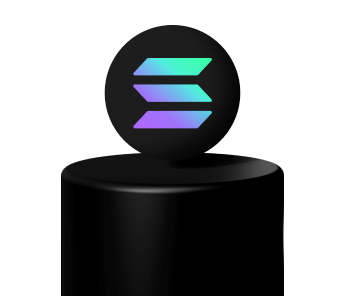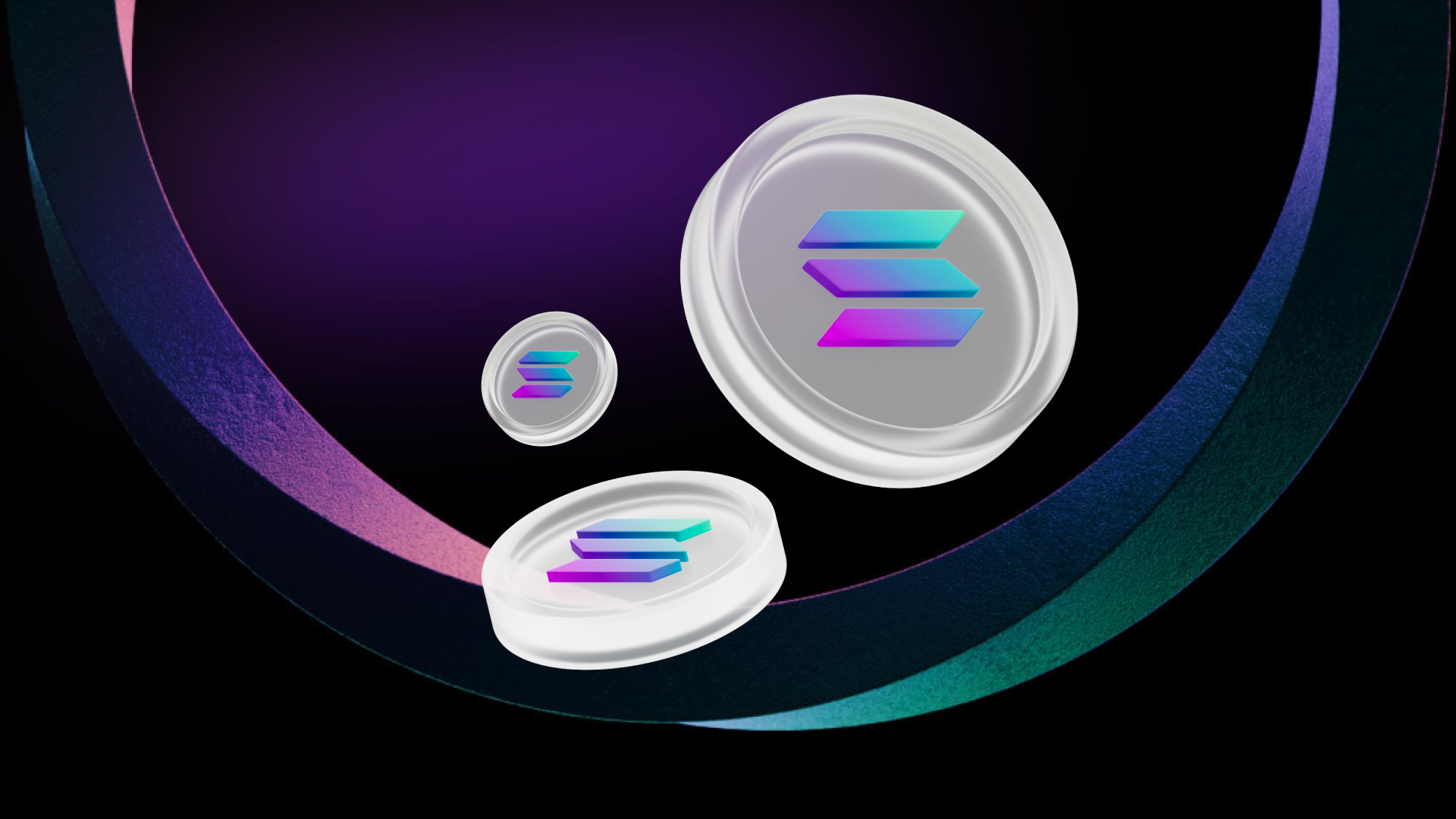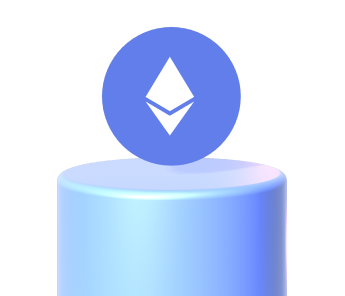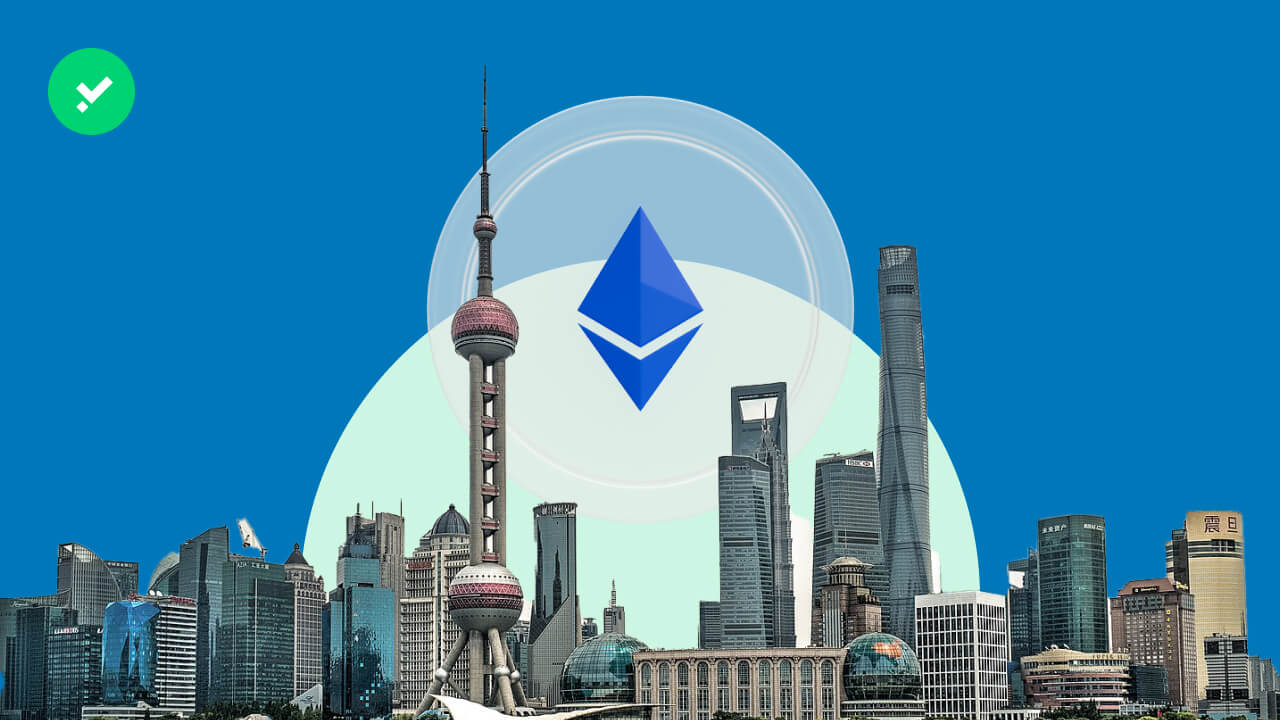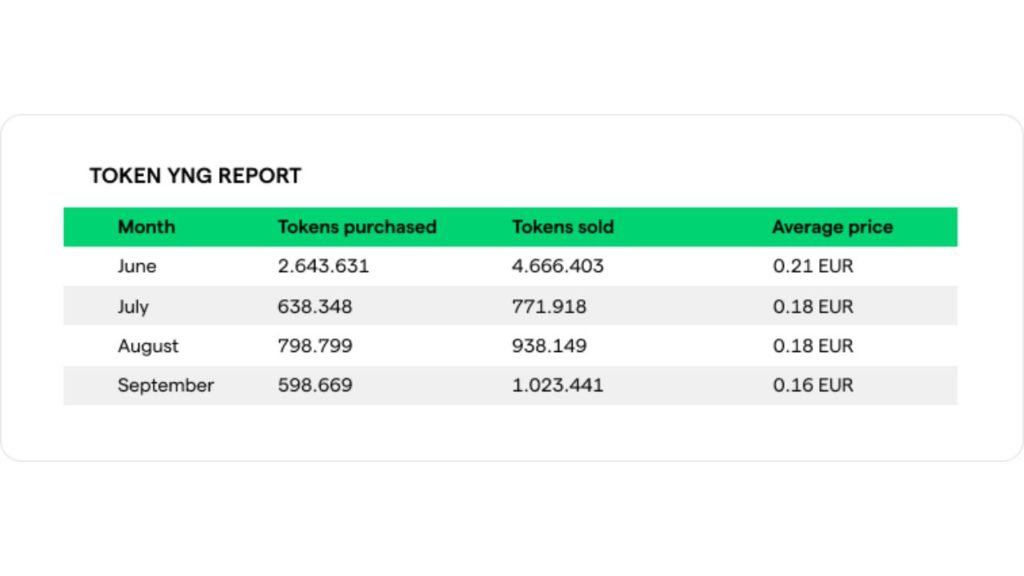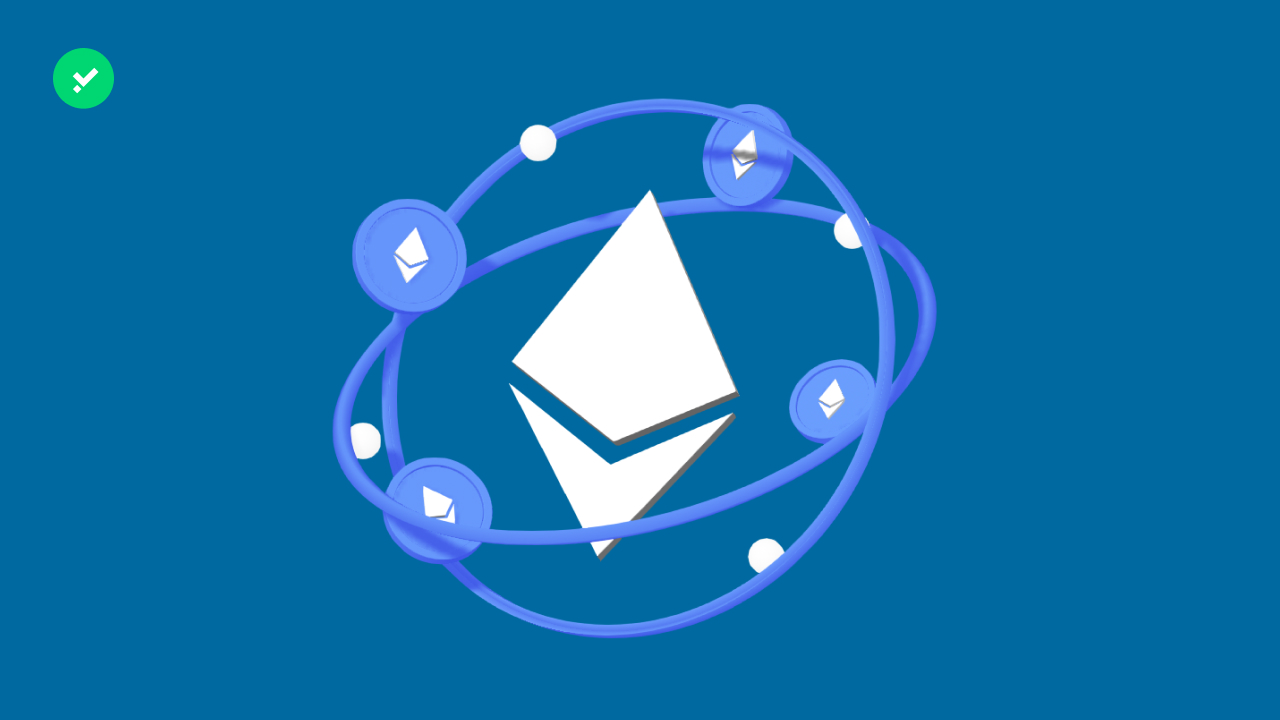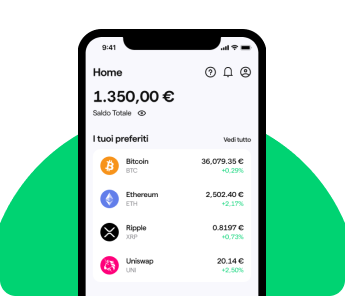The Solana ETFs have not yet been approved. Some expected them to arrive on 25 January, as the first SEC deadline loomed for the proposed approvals of the VanEck, 21Shares, Canary, and Bitwise ETFs.
What do the experts foresee concerning recent events related to the new US president? What impact could a future approval have on Solana’s price? Find out in this article.
Buy Solana
What is missing for ETFs on Solana?
According to some crypto analysts, the SEC could have approved the Solana ETFs on January 25, as the first deadlines for the proposals from VanEck, 21Shares, Canary, and Bitwise were approaching. However, similar to the situation with Bitcoin and Ethereum ETFs, the Solana ETFs were not approved by the initial deadline. As a result, we will have to wait at least until March 11, the date for the second deadline.
Optimists point out that the SEC’s chairman is no longer Gary Gensler, who has been a long-time critic of the industry. This reflects much of the prevailing sentiment within the US Democratic political landscape. Mark Uyeda, a pro-crypto Republican, has taken office. The political landscape includes Republicans and Donald Trump, who recently launched a meme coin related to Solana’s blockchain.
In summary, the future of Solana ETFs remains uncertain. According to Polymarket, the leading prediction market in the crypto world, there is a high probability (89%) that approval will occur by the end of 2025, although the timeline may still be unpredictable. With Donald Trump back in government, the volatility in the market seems to have increased, making it clear that anything could happen at any time.
A good time for Solana
Solana is performing well, regardless of whether its ETFs are approved in March or face further delays. A significant factor in this success is that the US president selected it as the infrastructure for launching his official meme coin.
Let’s focus on some concrete figures. The total value locked (TVL) on the network has reached a new all-time high of $12 billion, surpassing the previous record of $10 billion set in 2022. Trading volumes are also at their highest: according to DefiLlama, Solana’s blockchain processed over $200 billion in transactions in January alone.
Lastly, it’s important not to overlook the impressive revenues, which, as expected given the results mentioned, reached almost USD 100 million in January alone.
The recent price movements of Solana (SOL)
What has been described so far is also reflected in the price trend of Solana, one of the few altcoins that has risen in recent days. Following a low of $185 on January 13, the cryptocurrency experienced a strong rebound, recording four consecutive days of upward movement, ultimately reaching $220 on January 18.
Check out Solana’s graph!
However, something unexpected happened shortly after: Donald Trump launched his official meme coin. At that moment, many cryptocurrency enthusiasts began to realize that, at least at this stage of the market, Solana is outperforming all other Layer 1 protocols in the race towards mass adoption. From the $220 level reached on January 18, SOL surged to a new all-time high of $295 in less than 48 hours.
The subsequent physiological retracement settled around the $230 mark and appears to have already run its course. SOL is now heading back towards $270. So, where could it go in this bull market?
